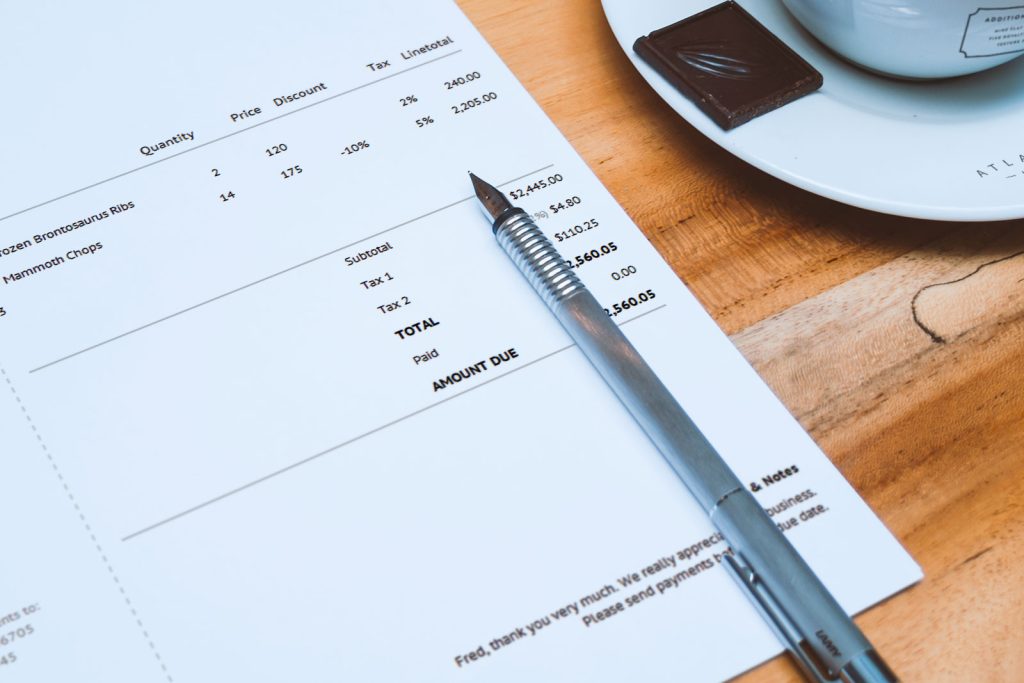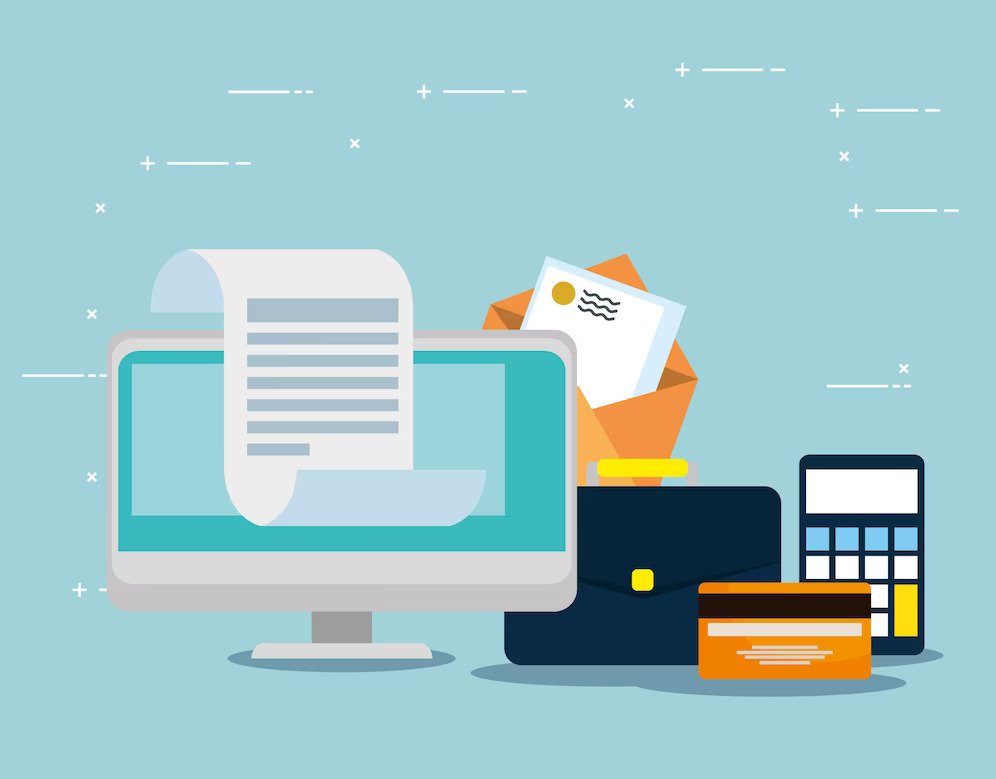The details needed in a small business invoice are usually standard requirements globally. Although, an invoice is not a binding legal document, however, it is one of the most important documents.
A small business invoice is one of the elements needed in generating income for a business to run smoothly.
A small business invoice needs to be done correctly and professionally so that cash inflow can be smooth and regular.
There are a lot of elements that need to be put together to make an invoice come out perfectly.
The answer to the question is not direct, because these procedures need to be explained in detail.
However to get details of how to prepare a simple invoice step-by-step, we have more details in our other blog articles.
Elements that should be in a Small Business Invoice
1. Header
This is the first information that your client is likely to come across.
You should label your document as an invoice in the header so that your clients will know that it is an invoice when they receive it.
Use a bold and large font that will be easy for your clients to see.
2. Business Logo
After creating a header for your document, the next item to add to your invoice is your business logo.
One of the best software you can use to do this is ProInvoice. You can select a template on ProInvoice and follow the template all through.
Invoice templates help ensure you are including all important information in your small business invoice.
3. Add Your Business Information
Your business information must be spelled out boldly and accurately.
Some of the information that should be in your invoice is your business legal name, your business address, your business email, your business phone number, and your fax number if applicable.
Before you send the invoice, double-check the information you provided, in case the customer needs to contact you to pay with a credit card by phone, email you with questions, or mail a check to your business address.
Providing incorrect information will make your business look unprofessional and it will also make it difficult for you to receive your funds.
4. Add Your Client’s name and Information
Your client’s name should be included and spelled out correctly. Add your client’s contact information, office address, phone number, and email address on the invoice.
5. Include the Date You are Sending the Invoice and the Due Date
After supplying your information and the client’s information, it is very important to include the date you are sending the invoice to your client and the date the invoice will be due.
The importance of these cannot be overestimated. If there is any penalty after the due date, make sure it is spelled out in the invoice.
These dates will help you know when an invoice was sent and when was paid. In case you enter into a dispute with any client and it goes into litigation, the dates can serve as evidence in court.
You never know when some clients decide to act funny. You should know that not all clients will play by the rules. Some of them might want to hide under a lacuna in your invoice to defraud you.
6. Invoice Number
One of the elements that make an invoice unique is the invoice number. It is probably the most important thing after the amount of money that is due.
Numbers can be assigned to each invoice in different ways. The most common order of numbering an invoice is in chronological order.
When an invoice is numbered, it makes it look professional and it makes things much easier.
7. Breakdown of Products and Services
A section of the small business invoice has to be dedicated to this element. You need to break down all the products and services you provided to the client one after the other.
It can be specific or generic. The goal is to make sure the client can see what you are charging him for. These are the elements that need to be listed:
a. Name of goods or services provided
b. Date the goods or services were provided
c. The rate charged for goods or services
d. Quantity of goods or services provided
Also, you can create a section to give detailed explanations of the items or other information to explain what is listed in the invoice.
It may include additional materials that were purchased or additional hours that an employee worked.
8. Transaction Terms
The terms of payment are important elements that should be included in your invoice. The terms might vary from one client to another.
Acceptable and unacceptable payment methods should be listed. For example, if you do not accept payment through Paypal, let the client know through your invoice. It saves time and makes the business run smoothly.
Here Are Things You Should Avoid
- Do not be shy to ask for your payment.
- If you have worked hard to deliver the required goods or services, you should not be shy to send an invoice.
- Also, do not invoice too soon if there is an already agreed date between you and the client. When you invoice before the agreed date, it sends a message of desperation. Some clients might not feel secure working with you on future projects.
Tips to Get Paid Faster
Here are some tips that might be helpful for you if you are not getting paid as fast as you wish.
i. Track your time
ii. Send invoice as soon as the job is completed
iii. You can charge late fees
iv. Accept more payment methods
v. Allow automatic payments
Conclusion:
Invoicing a small business can be complicated without the right information. If you have labored hard to deliver good services, you should be able to get your money with ease.
Why should your small business invoice look unprofessional when we are here? Our job is to provide information for business owners that needs proper and professional invoice.
In this article, we have been able to provide the necessary information needed to prepare a good invoice for a small business.
If you follow this information, your clients will not have any problem paying for your goods and services.













